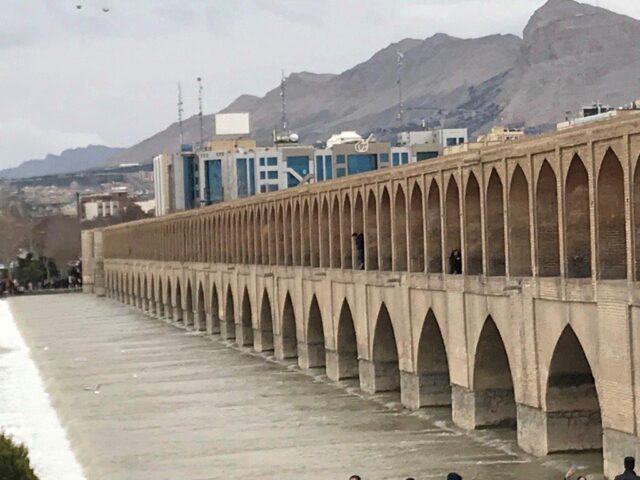ISFAHAN

Click to return to previous city….. BUKHARA
Isfahan was once one of the largest and most important cities in Central Asia located at the intersection of the North-South and East-West trade routes linking Central Asia. It was the beautiful capital of the Seljuq and Safavid dynasties. It was so famous for its beauty, and it is for that reason that a Persian saying stated that ‘Isfahan is half the world’.
As the capital of the Seljuq Empire ( 1038 – 1194 AD) which covered the length of Central Asia to Syria, it was an immensely important place of culture, trade and religion. Under the Seljuq Empire, the architecture of the city flourished, especially religious architecture, notably the Eastern Islamic architecture as exemplified by the four iwans (vast halls, open at one end) represented by the Great Friday Mosque – the Masjid-i-Jami.
In the sphere of commerce, it was under the leadership of the Safavid shah Abbas I (1588 -1629) who desired Isfahan to be a major trading hub, was able to reroute the Silk Road and thus cause his empire to have a trading monopoly. In the 17th century, European merchants were not alone in populating the city: missionaries, mercenaries. It was religiously very tolerant. It was Abbas I who decided the move the capital from Qazvin to Isfahan in 1590 for reasons of trade and security. At the time of the reign of Abbas I, English and Dutch traders lived near the city. There was even an East India Company warehouse near the bazaar.
A good part of the city’s history was lost, due to the Afghan siege of the city from 1722 till 1730. Most of the official documents were burned and thrown into the Zayandehroud river.
Traded items:
Silk, cotton, paper, dried fruit, metal ware, carpets.
Click to proceed to next city….. YAZD
A VERY SHORT READING LIST FOR THE SILK ROAD (AND BOOKS USED FOR THE WEBSITE) 11/12/2020
- “Lords of the Horizons – A History of the Ottoman Empire”, by Jason Goodwin. Vintage. 1998
- “The Silk Road – A New History”, by Valerie Hansen. OUP 2012
- “Introduction to Byzantium, 602 -1453”, by Jonathan Harris. Routledge. 2020
- “The Silk Road – A very short Introduction”, by James A. Millward. OUP. 2013
- SERKIS, Christiane. Des Fondateurs de Religions; de certaines langues antiques. Lausanne 2020 Article inédit.
- “Life Along the Silk Road”, by Susan Whitfield. UCal Press 2015
- “Silk Roads – Peoples, Cultures, Landscapes”, Edited by Susan Whitfield. Thames and Hudson. 2019
- www.ChinaHighlights.com/silkroad/history
Tap Star image below to select
next location.
Visits: 72

